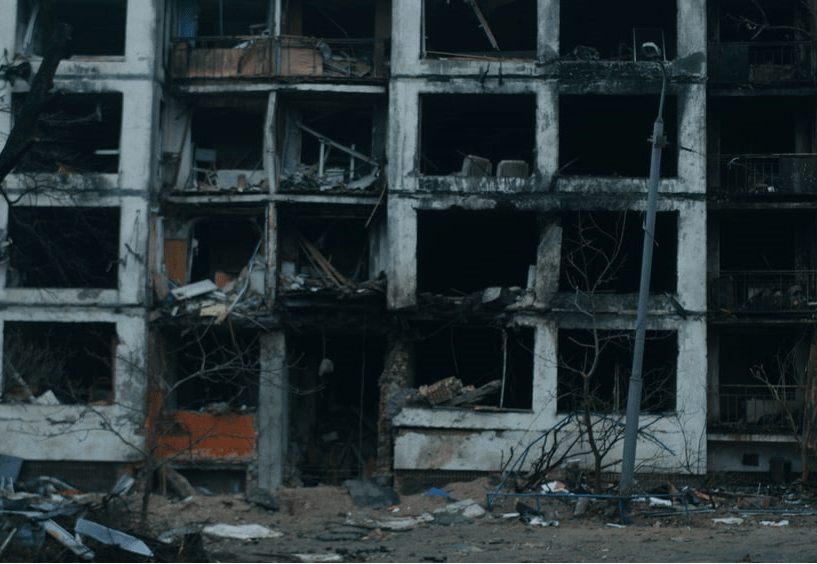Fighting Tuberculosis in a War

“Last year, we were working to differentiate between different tuberculosis mutations. Now, instead, we are trying to differentiate between aerial shelling, raids and other military hardware,” said Dr. Iana Terleeva, the head of the Tuberculosis (TB) Coordination Programme in the Ukraine Ministry of Health. “We are defending our country from aggression while at the same time providing everything necessary for our patients,” she added, speaking at a March 22 press briefing hosted by the Stop TB Partnership just weeks after the Russian military attacked her country.
She faces an impossible task. It is easy to view the invasion from an academic perspective and observe that military conflict aggravates most every social problem and restricts resources. But on the ground, it is a nightmare. Earlier this month, the World Health Organization (WHO) verified and announced that there have been over Russian military 130 attacks on health facilities and ambulances in Ukraine. What does that mean for patients with chronic diseases such as TB? For those who are unable to access medication or find their way to health care centers?
Ukraine—like Russia—has a disproportionate number of drug-resistant TB infections, one of the worst “burdens” in the world. Just last year, there were 24,000 diagnosed and treated cases of people with TB, including almost 5,000 people with multi-drug resistant TB (MDR-TB). Perhaps that is why the Ukraine government has in recent times prioritized TB care. The country has been lauded for its commitment to TB research. It was the first country to conduct operational research, in 2020, evaluating the bedaquiline, pretomanid and linezolid (BPaL) regimen. This treatment was developed by the non-profit TB Alliance for patients with highly drug-resistant TB.
The government planned to make BPaL available throughout the country this year. Last year, the Ukraine Ministry of Health introduced a new TB diagnostics methodology, and Dr. Terleeva, at the briefing, discussed the implementation. But the war’s devastation put a halt to that initiative.
The Russian invasion also impacts neighboring European countries’ health care systems. More than 4.6 million refugees have fled Ukraine since the Russian invasion, and at least 1,400 need TB treatment.
Countries that welcomed the refugees are now wrestling with this TB burden. Medicines meant to treat MDR-TB are not registered in all countries bordering Ukraine. These medicines are also more costly in some European countries than they are in Ukraine, which are supplied by the Global Drug Facility (an international organization that subsidizes medication for low- and middle-income nations). Lastly, the supply of medicines is limited, and even though WHO is working to restock them for refugees in various countries surrounding Ukraine, the procurement and distribution process is difficult even without an active military conflict.
The war has made the already strenuous TB situation even more challenging. COVID-19 diverted attention and resources, destroying 12 years of progress in the fight against TB. The Stop TB Partnership now estimates that approximately $24 billion per year for the next eight years would be needed for the world to meet the goal embraced at the 2018 United Nations High-Level Meeting to end TB by 2030.
In her remarks at the briefing, Olya Klymenko, a TB survivor and co-founder of TB People Ukraine, emphasized that the road to recovery is long and winding for Ukraine. “Everything stopped in one day,” she said, describing Feb. 24, the day the Russian military invaded her country. Yet, the people of Ukraine—going by Ms. Klymenko’s and Dr. Terleeva’s remarks—are up to the task. If we can secure enough funding for research and development, diagnostics and treatment, the goal to end TB by 2030 is achievable, in Ukraine and everywhere else.